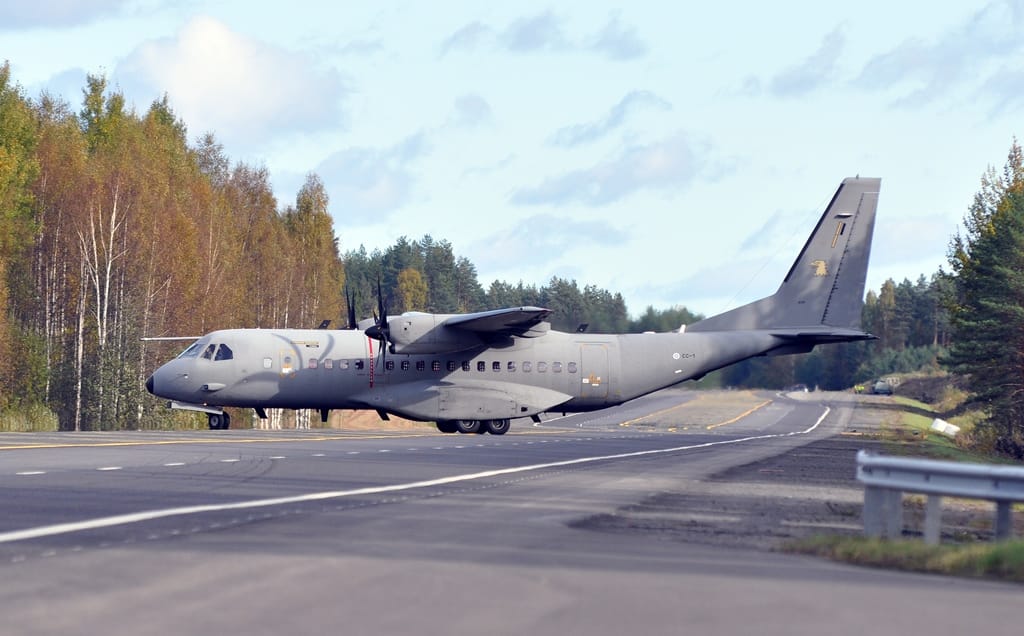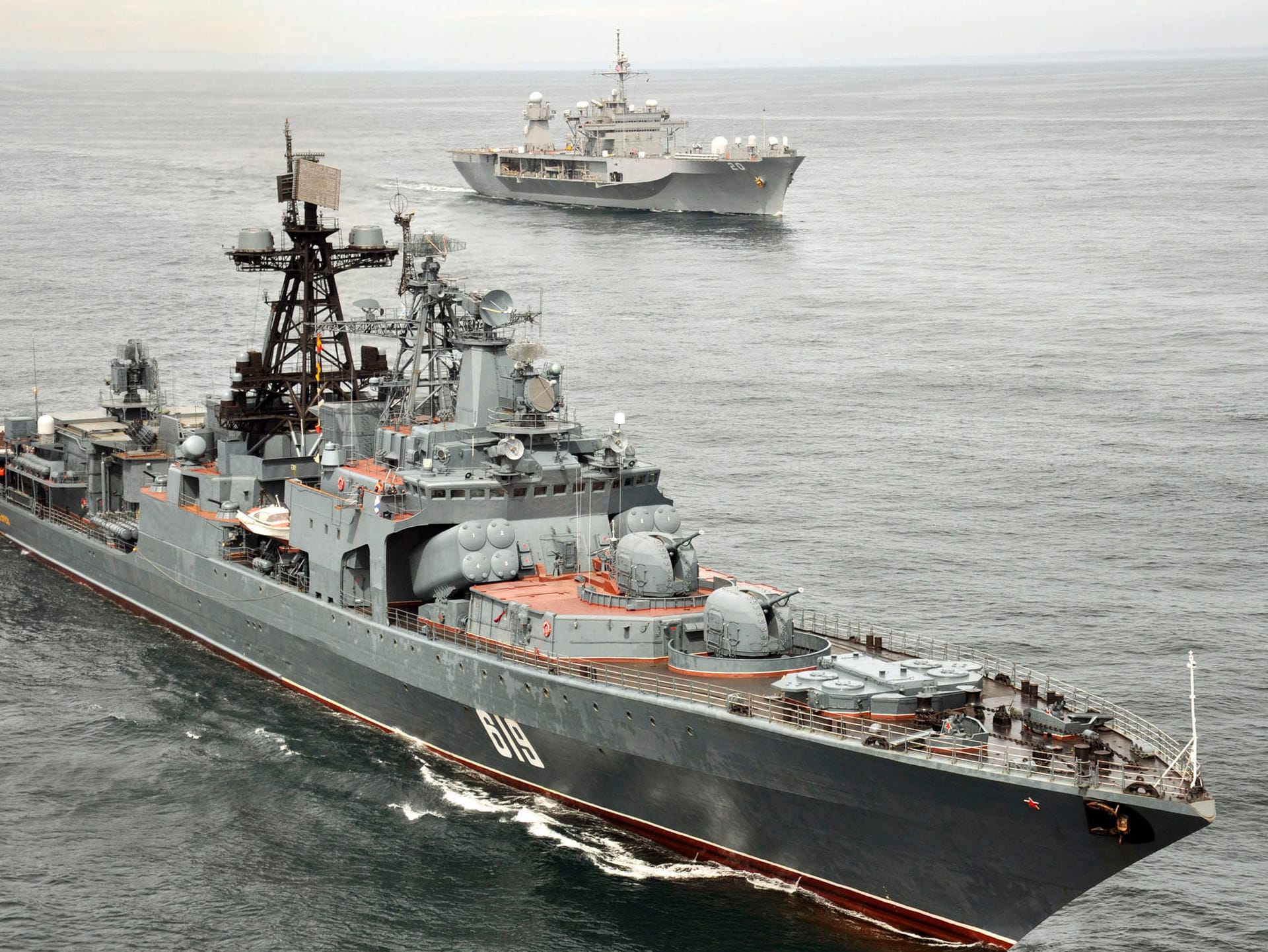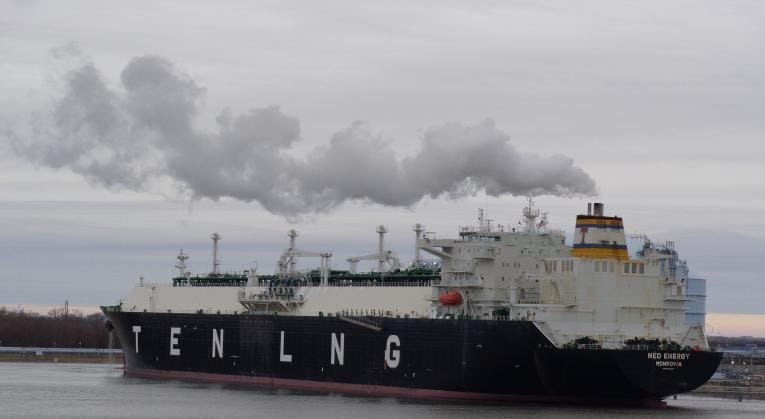The Arctic Debrief: Finland approves NATO presence in its Arctic region
In this edition: Finland looking at options to increase NATO troop presence; Russian navy kicks of naval exercises in Barents Sea; and new US sanctions continue to cripple Novatek's "shadow fleet"

In this edition:
- Finland approves NATO presence in its Arctic region
- Russian navy kicks of naval exercises in Barents Sea
- New US sanctions continue to cripple Novatek's "shadow fleet"
Latest Developments
Finland approves NATO presence in its Arctic region

Finland will permit NATO to deploy ground forces in its northernmost region of Lapland. The Arctic territory shares a border with Sweden to the west, Norway to the north, and Russia to the east.
Reports indicate Swedish and Norwegian troops could have a permanent presence in the region, however, troops from other NATO countries could be deployed in case of a "crisis situation."
Notably, the Prime Minister Petteri Orpo stated that a crisis situation does not mean direct conflict, instead it could be a "tense atmosphere at the border." In such a situation the PM would first turn to NATO military exercises as a deterrent and show of force, which could then become a permanent presence.
This news comes as a Norwegian secretary of defense said that a likely hood of a military conflict in the Arctic increases as ice continues to melt at unprecedented levels. In recent years, Norway has invested in rearming itself with intentions to acquire five new warships and six submarines. Additionally, the U.S. and Nordic states have been taking steps to increase military cooperation.
Russian navy kicks of naval exercises in Barents Sea

Russia's Northern Fleet has begun naval drills in the Barents Sea simulating anti-submarine warfare and perimeter defense tactics. The exercise consist of Russian airforce and navy assets including anti-submarine ship Admiral Lavchenko, anti-submarine aircraft Ilyushin Il-38, and the Ka-27M helicopters designed for anti-submarine warfare.
A significant part of the exercises focused on combating aerial and naval drones, which have seen extended use by Ukraine to destroy Russian aircraft and vessels. Over the summer, Ukraine managed to hit the Olenya airfield near Russia's Arctic capital of Murmansk.
The exercise is likely taking place in the Barents Sea due to its proximity to the Arctic Kola peninsula which houses nearly half of Russia's nuclear submarines which are armed with nuclear warheads. In the event of a broader conflict the Russian submarines and their base are likely to be targeted for its strategic value.
New US sanctions continue to cripple Novatek's "shadow fleet"

Russian efforts to create a LNG "shadow fleet" to ship gas from its heavily sanctioned Arctic LNG-2 project ran into another road block after more vessels and their parent shipping companies ended up added to the sanctions list.
Over the last week the US released new sanctions on LNG carriers Mulan and New Energy as well as LNG shipping companies Gotik Energy Shipping Co. and Plio Energy Cargo Shipping.
The US State Department said the vessel New Energy used "deceptive shipping practices" such as shutting off its automatic identification system to transport cargo from the sanctioned LNG facility.
A number of other ships have been identified doing same as they were spotted docked at the Arctic-LNG 2 port, while their transponder had them "located" about 1000km away from the Russian coast. All of the previously identified ships have already been placed under sanctions.

